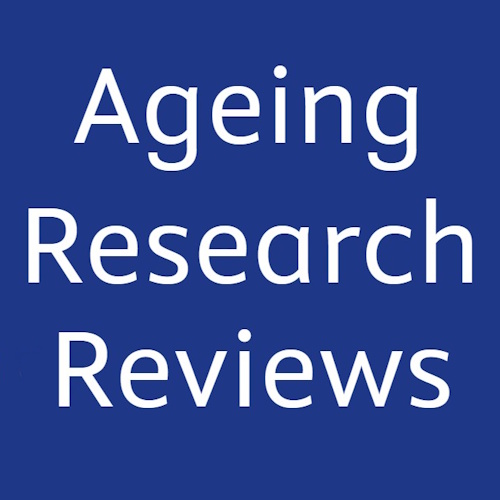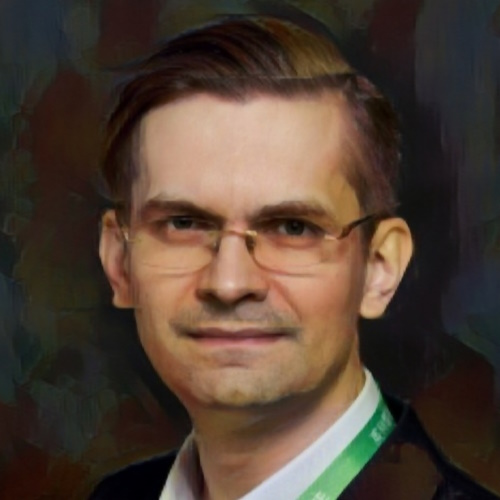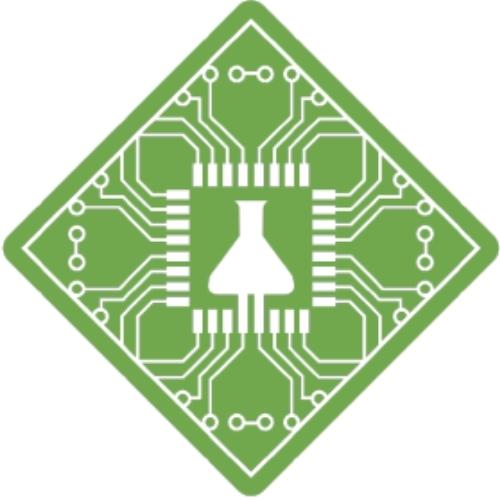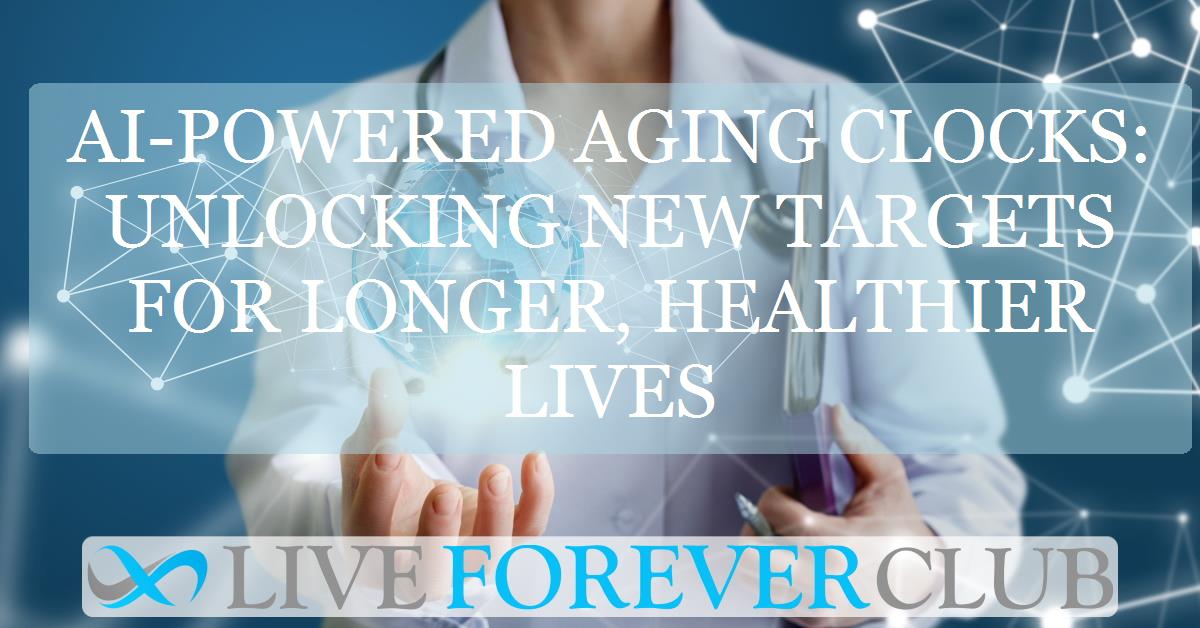From Ticking Clocks to Targeted Therapies: How AI-Driven “Ageing Clocks” May Transform Medicine
As the global population ages faster than ever before, scientists are seeking not only to extend lifespan but to expand healthspan—the number of years lived in good health. By 2050, one in six people on Earth will be over age 65, greatly increasing the burden of chronic illnesses such as cancer, cardiovascular disease, neurodegeneration, and metabolic disorders. Ageing research has now entered a new era where advanced analytics, artificial intelligence (AI), and multi-omics tools converge to reshape how we diagnose, prevent, and treat age-related decline. A recent review led by Alex Zhavoronkov and colleagues explores one of the most promising developments at this intersection: the use of ageing clocks to identify therapeutic targets for both ageing and age-related diseases.
The Problem With Traditional Drug Discovery
Developing a new drug can take up to 10–15 years and cost more than $1 billion, and most candidates fail before reaching the market. Conventional drug discovery generally focuses on a single disease, even though many age-related illnesses share common molecular pathways such as chronic inflammation, genomic instability, impaired stress responses, and loss of stem cell function.
Dual-purpose drugs offer an alternative. Instead of treating one disease at a time, they target core mechanisms of ageing, lowering the risk and cost of development while potentially benefiting multiple conditions. Two notable examples are:
- Rapamycin, originally approved for preventing organ rejection, now shows lifespan-extending effects across several species.
- Metformin, a common diabetes medication used by over 200 million people, is currently being evaluated in the large-scale TAME trial to assess whether it can slow ageing.
Yet identifying the right biological targets has been challenging—until recently.
Ageing Clocks: Biomarkers Meet Machine Learning
Ageing clocks analyze biological data—such as DNA methylation, gene expression, proteins, or metabolites—to calculate one's biological age and reflect the physiological processes associated with ageing. Early clocks like the Horvath epigenetic clock (2013) used 353 methylation sites to predict age with remarkable accuracy. Next-generation models, such as GrimAge and DunedinPACE, improved prediction of disease risk and mortality.
Crucially, these clocks no longer act only as measurement tools. Because they identify molecular features strongly linked to ageing, they can also reveal therapeutic targets. In the studies reviewed, 27% of drug-eligible genes identified by ageing clocks were already known drug targets—far higher than the 16.9% baseline seen across the overall druggable genome. This suggests that clocks are enriching for biologically meaningful targets, providing a new pipeline for therapeutic discovery.
Two Promising Targets: TNIK and Apelin
Among the targets repeatedly identified across multiple clock models were two molecules with known connections to ageing biology:
TNIK (Traf2 and Nck-interacting kinase)
TNIK is implicated in six hallmarks of ageing including chronic inflammation, nutrient sensing, and genomic stability. Experimental studies show that blocking TNIK can reduce fibrosis and inflammation, making it an attractive target for idiopathic pulmonary fibrosis (IPF) and possibly other degenerative conditions. Notably, a TNIK inhibitor progressed from target discovery to clinical development in just 18 months, supported by AI-based platforms—dramatically faster than traditional pipelines.
Apelin
This signaling peptide affects eight hallmarks of ageing, including telomere attrition and cellular senescence. It has shown stem-cell activating, anti-inflammatory, and metabolic-balancing effects, giving it wide-ranging therapeutic potential for cardiovascular disease, diabetes, and tissue regeneration.
Beyond Target Discovery: Future Medical Applications
The authors highlight at least three emerging uses for ageing clocks:
- Population stratification — identifying individuals who biologically age faster than peers.
- Monitoring treatment response — providing measurable biomarkers for anti-ageing or regenerative interventions.
- Accelerating clinical trials — enabling shorter studies using biomarker-based surrogate endpoints.
A Glimpse Into the Future
The integration of AI, multi-omics, and therapeutic design platforms like PandaOmics and Chemistry42 points toward an era where age-related diseases are approached systemically rather than individually. If dual-purpose therapies succeed, ageing may eventually shift from an unavoidable process to a treatable biological condition.
In short, ageing clocks are more than timers—they are compasses, pointing biomedical science toward the pathways that matter most.
The study is published in the journal Ageing Research Reviews. It was led by Alex Zhavoronkov from Insilico Medicine.








